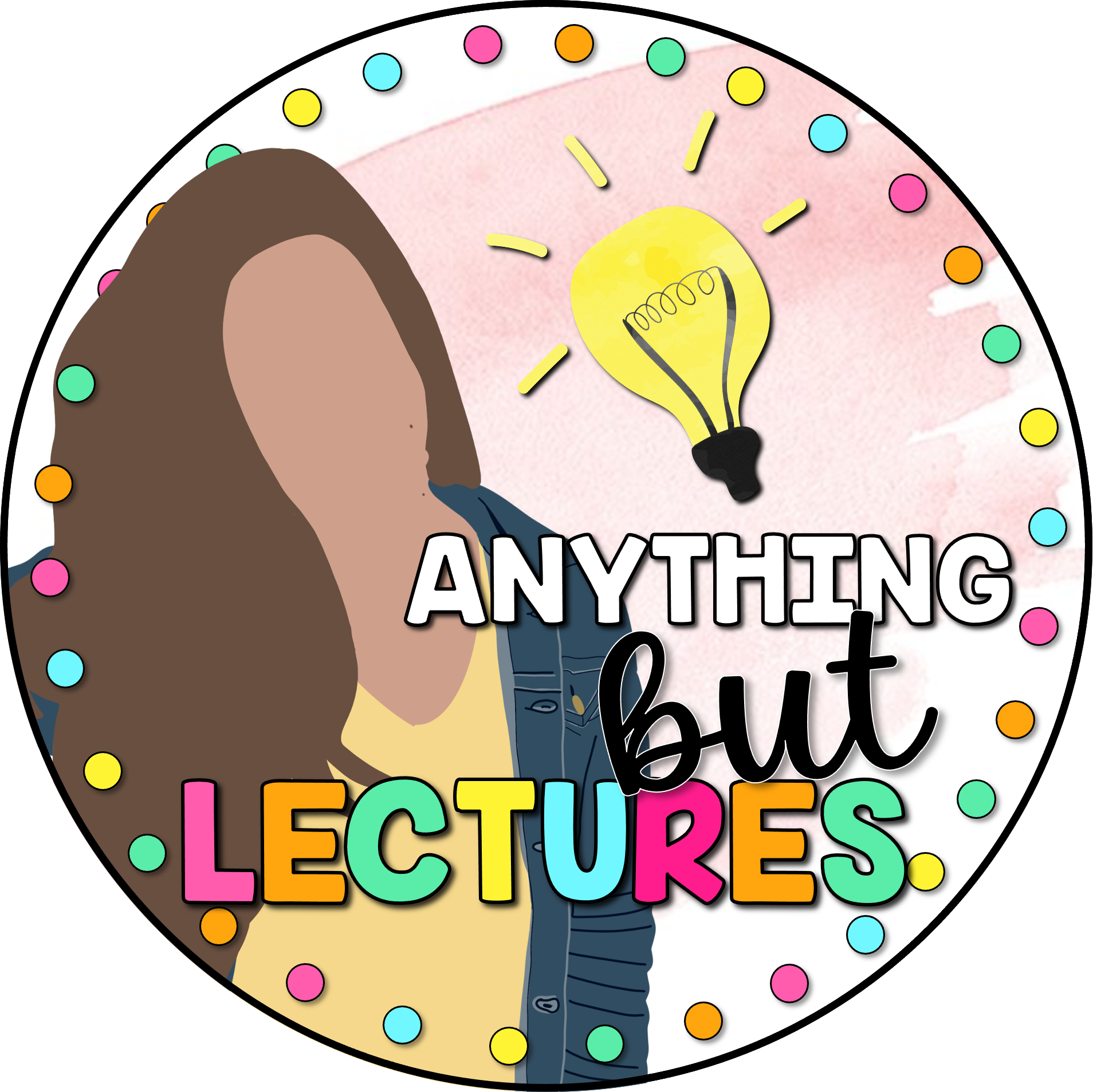If you’ve ever struggled with finding engaging activities to assess students’ speaking and listening skills, then this blog post is for you! I’m sharing my 3 favorite ways to include speaking and listening practice in the classroom.
Have you ever uttered the words, “ You need to listen” to your students? Or “You shouldn’t be talking when so-and-so is speaking!” Well, have you ever taught them HOW to listen? Or WHEN and HOW you should speak to others?
Speaking and listening skills need to be taught to students. There are ways to contribute to conversations in meaningful ways. Hence why speaking and listening are included as one of the main standards in all ELA teaching curriculums.
Funny story…
So this year (2020), I had to wear a microphone while teaching, as I had some students zooming into the class from home. One day, I went to the bathroom while my assistant supervised the class. While taking care of business in the bathroom, I realized I WAS STILL WEARING THE MICROPHONE!!!!
I walked back into the classroom with my tail between my legs. If I’m being honest, I don’t know who was more embarrassed, myself or my students. You best believe my students’ listening skills were on point that day!
Let’s switch gears, and dive into my 3 favorite activities to get students practicing their speaking and listening skills (none of which involve the flushing of a toilet!).
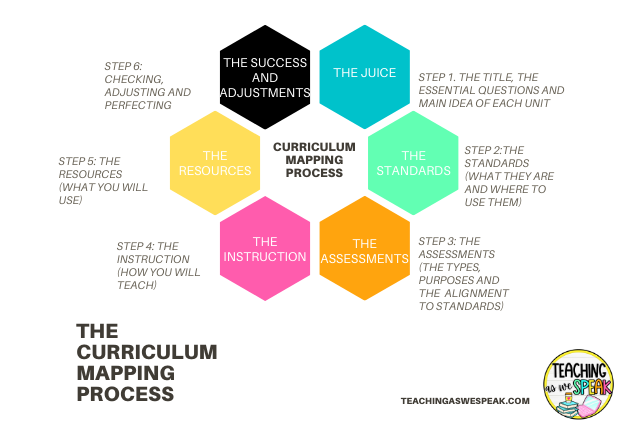
Speaking and Listening Activity #1- Podcasts
I love podcasts. Not only am I an avid podcast listener in my own spare time, but I think they are a great activity to do with students.
Podcasts are audio shows that have episodes that you can stream from places like Apple, Google, and Spotify.
Some of my favorite podcasts for elementary students are:
- SMASH BOOM BEST
- The Story Seed Podcast
- But Why?
- The Way the World Works
- The Imagine Neighbourhood
- Curious Kid podcast
I suggest having students listen to a podcast on their own device with headphones, rather than listening on one speaker as a class. This way, students are focused on themselves and can cancel out all other noise.
How to evaluate students’ listening skills?
Have students complete the podcast response sheet (seen in the image below).
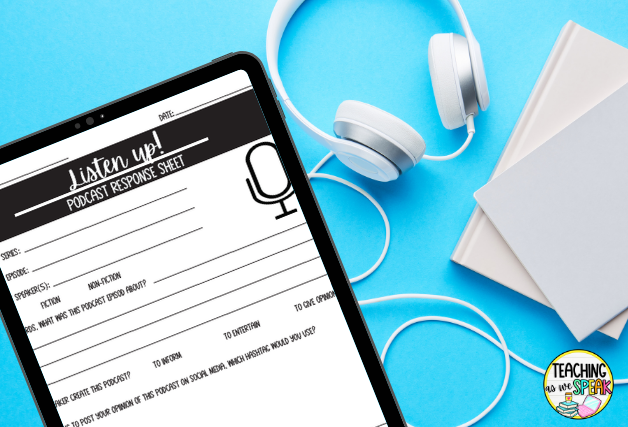
Click here to download the worksheets.
These response sheets check many of the boxes of the standards that are covered in the speaking and listening standards. For example, students will recite and summarize what they have listened to.
You can also use podcasts as a way to have students practice their speaking skills by holding discussions after they have listened to an episode of a podcast.
I like podcasts because they can be a way for students to learn more about a topic they are learning about in class. For example, if my students are learning about the ocean, they can listen to a podcast that discusses the pollution in the oceans, or maybe they can find a podcast that interviews a marine biologist.
I wrote about how I recycle and reuse podcast activities in my classroom throughout the year in this blog post. Click here to go to the blog post!
Click here to download the free “Roadmap to Curriculum Mapping Success.”
Activity #2 for Evaluating Speaking & Listening Skills-Jigsaws
If you are looking for an engaging, interactive way to gets students involved in the learning process, then jigsaws are for you!
Jigsaws have students working collaboratively to research a topic, and then get them to teach their peers about what they have learned. With all this teamwork and collaboration, you best believe that students will be working on their speaking and listening skills.
Click here to check out my blog post about jigsaws.
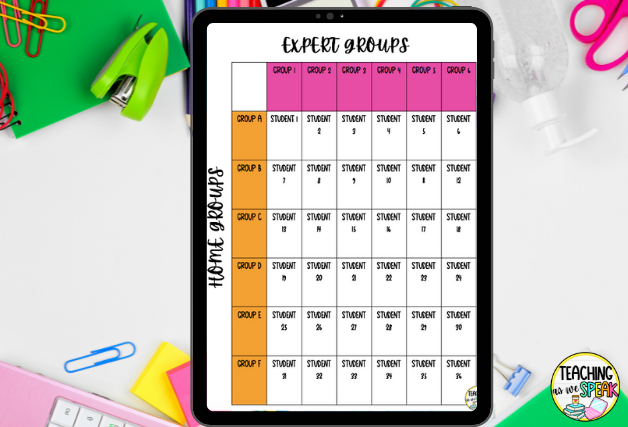
I like this activity because it has students researching and learning from their peers. Jigsaws are great for when I want students to research a topic that we are learning about in class.
I will remind students that they will be teaching their classmates, therefore they need to speak clearly and in an organized manner.
Likewise, as the listener, students will be completing the Jigsaw worksheet, and therefore will need to pay close attention to their group members.
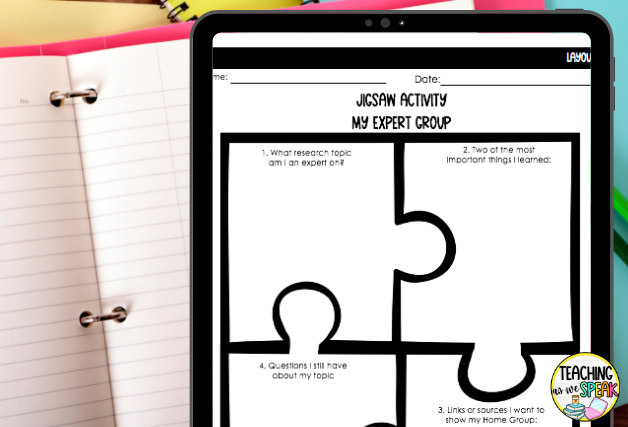
Click here to get the Jigsaw Activity Bundle.
Speaking And Listening Activity #3-Literature Circles
Literature Circles are probably my favourite activity to include in a novel study. Students meet with their group members each week to discuss a portion of the book they have read for homework.
My favorite Literature Circle resource is the package created by Pocketful of Primary. It includes jobs that students take turns completing each week, such as Discussion Director, Super Summarizer, Passage Picker, Word Wizard, Incredible Illustrator, and Clever Connector.
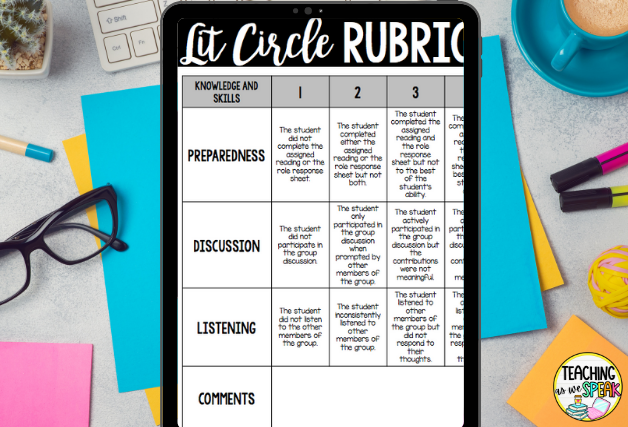
Why this particular resource is my favourite for literature circles is because it includes a rubric that allows teachers to evaluate students speaking skills, as well as their listening skills; In my experience, literature circle worksheets dont include listening as a criteria in the evaluation rubric.
Click here to check out my favourite class novels for upper elementary grades.
Final Thoughts…
All three of these activities can easily be recycled throughout the year to check for students’ ability to meet the speaking and listening standards.
If you made it this far, it means you are serious about improving students speaking and listening skills.
Which activity from above stands out to you? Have you used any of these strategies before? Comment below!
